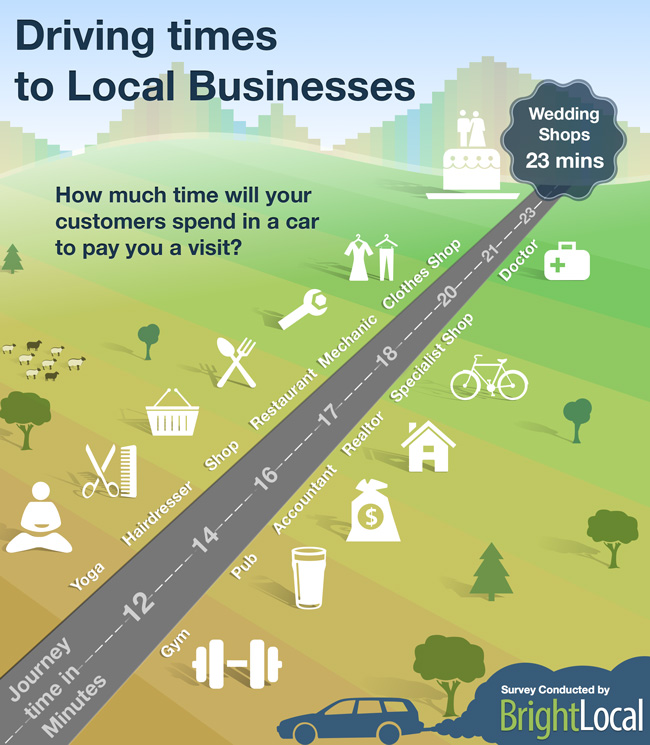So what’s a whale? In this case it’s not a big fish. The whale I’m referring to here is a very large customer. It’s the client that spends more with you than anyone else. Overnight it can take your business to the next level. But if you are not careful, it can also put you out of business.
Pursuing large clients is what most of us strive to do. It’s even better if the company is well known. It gives us instant credibility with prospects and within our industry.
New challenges
But let’s not kid ourselves. Landing a whale is a lot of hard work. As they say, getting the order is the easy part. Ramping up your business to manage their demands can strain the whole organization. HR, finances, and the needs of existing clients can all be impacted.

Even once the large client is up and running, you have a brand new challenge. That is to deemphasize its importance to your business. It’s not uncommon that a newly acquired customer can account for 30% or more of your business. But having any client that represents more than 15% of your business is a flashing red light.
The 15% rule
Somewhere along my entrepreneurial journey, I had read that “no client should represent more than 15% of your business!” I have no idea where I had read this, but once I understood why, I embraced it.
Why the 15% rule? The 15% rule is designed for your protection. As a client moves above 15% of your revenues, their importance to your business grows exponentially. This is because, large, and very large clients end up representing a disproportionate amount of your revenue, your expenses, and your focus. This shouldn’t come as a surprise and is to be expected. But as the saying goes, “don’t put all your eggs in one basket”, because if you do, you better keep an eye on that basket.
When you consider that for most of us, onboarding a large client requires some form of investment. Depending on your industry, it could range from hiring a few people to committing to more physical space, vehicles and equipment that could run into the thousands of dollars. As a result, the financial pressure and risk rise significantly.
The math
So let’s look at this in a pragmatic way. A healthy net profit for many small businesses is 7%, but most barely exceed 4%. So, in a million dollar business that only represents $40,000. Not a lot of money to cover increased costs.
And if we are being honest, most of us sharpen our pencils when it comes to pitching a potential whale. Granted, if priced right, this strategy should put more dollars in our pockets, but it reduces our margins.
This then results in their percentage of expenses exceeding the percentage of revenue. For example, they may equal 20% of your revenue, but because of the discount you provided, they now account for 30% of your expenses. This is normal and so long as they are a client, things should work.
But what happens if you lose that client? Losing the revenue is one thing, but now having to cover all those expenses can become a monumental challenge. Your 4% net profit won’t come close covering an extra 30% in expenses and now your once profitable business can be facing bankruptcy.
However, before it gets that far, you would try to counter the loss by cutting expenses. But reducing staff usually comes a cost of severance pay and those fixed costs, like rent, are almost impossible to dispose of quickly without paying huge penalties. This of course is with money that you may not have.
Growing our business is what keeps things exciting and if done properly can be quite profitable. But keeping your business safe is equally important. That is why the 15% rule is so critical.
So if growing your business is your goal, then you must make growing your existing clients or finding new ones a priority to deemphasize the whale’s dominance. Granted this adds more pressure to your already busy life, but it’s too easy to relax at this point. Once you’ve brought the new whale’s revenue back in line, you can take a break.
By limiting your largest clients to 15% of revenue, it also reduces your dependence on them. Should they leave, and they most likely will at some point, you will probably only face some short term pain. But with a little hustle, you can survive and get back to building your company.
For those that are interested, I’ve created a “Be prepared checklist” that is available for download by clicking here.
Get More LIFE Out of Your Business
You shouldn’t be the hardest working person in your company.
Many small business owners find that even after the struggling start-up years, they’re working too many hours and still managing every aspect of their businesses.
Greg Weatherdon has been there, done that. As an entrepreneur, he learned not only how to get a business to the point of running smoothly, but also how to reduce the number of hours he worked, delegate more responsibility to his employees, and take longer vacations while his business chugged along like a well-oiled machine. And now he is providing the secret to success.
Do you suffer from any of the following?
1. Business ownership isn’t living up to the dream.
2. Endless workdays.
3. You can’t find good people.
4. Profits are less than expected.
5. You can never take a vacation.
You’re not alone. But there is a solution. As Greg demonstrates, with some time and effort, you really can Get More Life Out Of Your Business.








